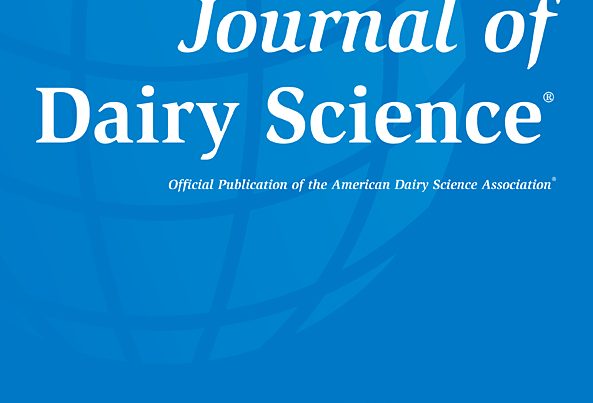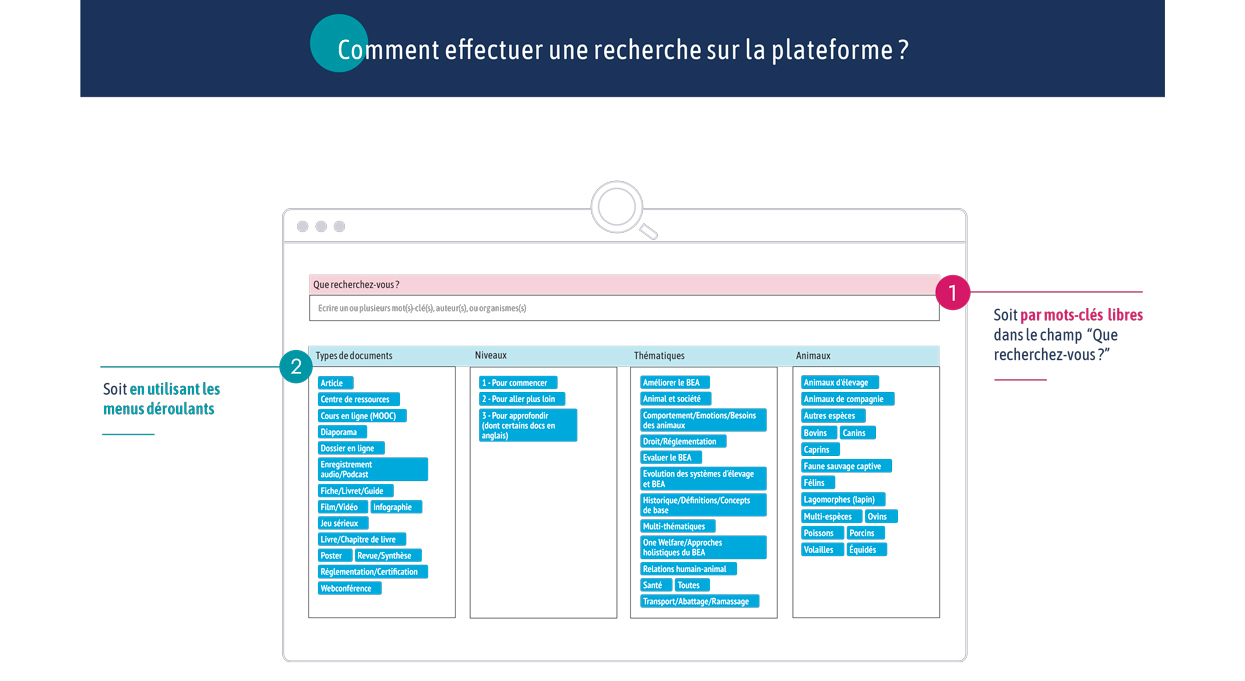Type de document : avis scientifique de l’Anses
Extrait : L’Agence nationale de sécurité sanitaire de l’alimentation, de l’environnement et du travail a été saisie le 2 mars 2020 par la Direction générale de l’alimentation (DGAL) pour évaluer sous 4 jours certains risques liés au virus SARS-CoV-2 (agent de la maladie COVID-19), et plus précisément pour se prononcer sur le rôle potentiel des animaux domestiques (animaux de rente et de compagnie) dans la propagation du virus SARS-CoV-2, ainsi que sur le rôle potentiel des aliments dans la transmission du virus.
L’agence endosse les conclusions du Groupe d’expertise collectif d’urgence (GECU) « Covid-19 ». Elle souligne à cet égard le nombre limité d’études disponibles spécifiquement pour cette nouvelle forme de Betacoronavirus. Elle constate que ces conclusions sont par ailleurs cohérentes avec celles portées dans les communications disponibles à ce jour sur ces volets encore peu investigués (communication des organisations mondiales de la santé et de la santé animale et quelques avis d’agences sanitaires comme par exemple le Friedrich Loeffler Institut et le Bfr). Les recommandations qui en découlent s’inscrivent dans la continuité des mesures d’hygiène strictes formulées pour éviter la transmission inter humaine.
L’Anses restera attentive aux études et informations à venir susceptibles de faire évoluer cette évaluation.
Cet avis a fait l’objet d’une actualité sur le site de l’Anses.







